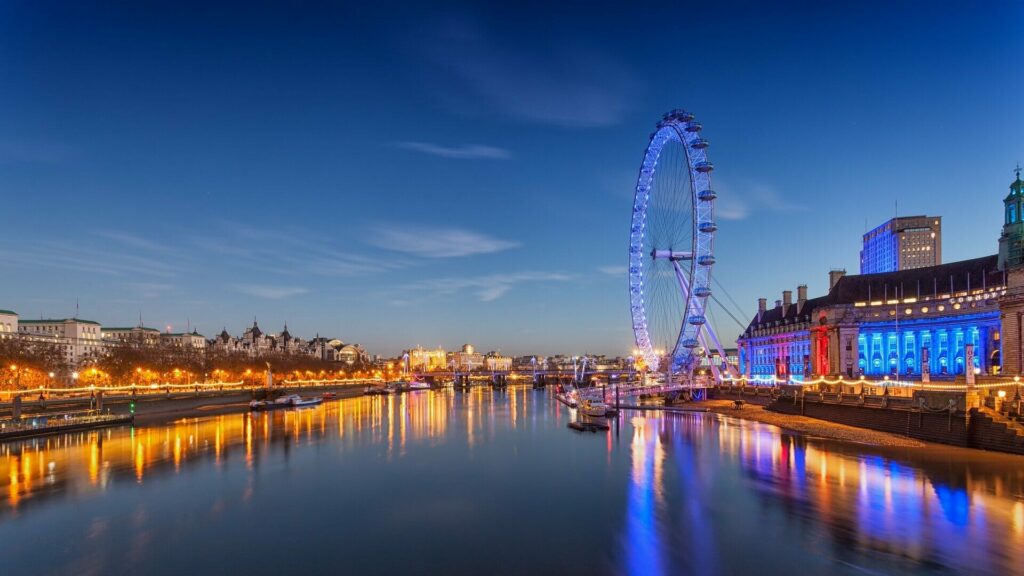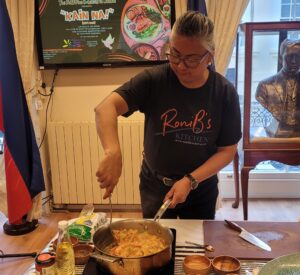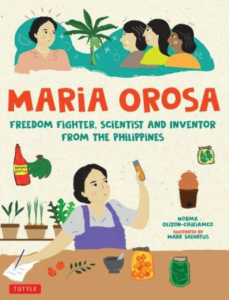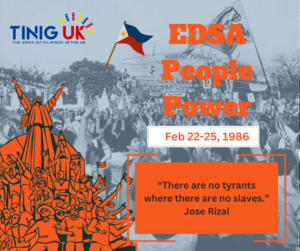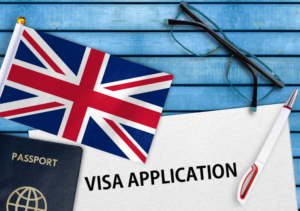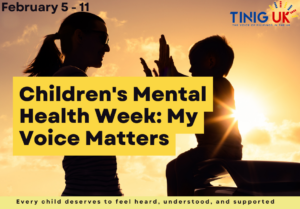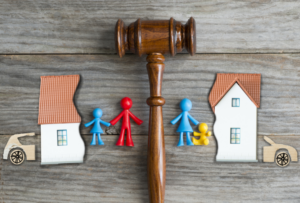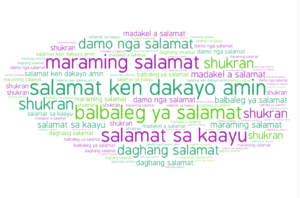We have attempted to put together a guide to help Filipino and non-Filipino readers alike understand the relationship between the Philippines and Britain, two island nations located on opposite sides of the world.
The United Kingdom and Ireland are home to around 200,000[1] Filipinos, according to the latest data from the Philippine Embassy. In comparison, 2019 estimates from the Office for National Statistics show that 153,000 Filipinos make up part of Britain’s “overseas-born” population while 74,000 Filipinos are described as “non-British”.[2] These official figures are based on the Annual Population Survey and mainly includes those living in private households. Despite their significant number, Filipinos often express feeling invisible amongst the multitude of nations that comprise the colourful population of the UK.
7,000 islands: Get to know the Philippines
Located in the Western Pacific Ocean (Southeast Asia), the territory of the Philippines covers 300,000 sq km, making it 1.2 times bigger than the United Kingdom.[3] The population of the Philippines is over 100.9 million people, with 11% of the population (10.2 million) working abroad.[4] The country has two official languages – Filipino and English.
Comprised of more than 7,000 islands, the Philippines is broken up into three geographic regions: Luzon, Visayas, and Mindanao. The capital city of Manila, located in Luzon, is considered one of the most densely populated cities in the world.[5]
The Philippines is very culturally diverse, with over a hundred different ethnic groups speaking around 181 different languages.[6] However, there are only an estimated 14-17 million indigenous peoples in the country. This has much to do with the rich and complicated history of the country which combines Asian, Arabic, European and American influences.
History
Archaeological evidence found in the Philippines suggests the arrival of the first humans, by rafts or boats, was at least 709,000 years ago. From the 8th to the 15th centuries, the Philippine islands were part of a great Hindu-Malayan empire bridging cultures from India, China and southeastern Asia. In the 15th century, Arabian traders introduced the Islamic religion to the areas of Sulu Archipelago and Mindanao, which some Filipino Indigenous people adopted and still practice today.
In 1521, Ferdinand Magellan arrived at the Philippines. This marked the start of Spanish colonization that lasted almost 400 years, creating the first unified political structure ruling over the Philippines and introducing Christianity to the indigenous population. Today, it is estimated that 90% of Filipinos are Christians.[7]
After hundreds of rebellions and the efforts of leaders such as José Rizal, Andrés Bonifacio and Emilio Aguinaldo, Filipinos won independence from the Spanish in 1898. However, 1898 marked the start of American colonisation of the Philippines, which lasted until 1946. During this time the first overseas Filipino workers were sent to work in the US agricultural sector, and English education became the norm.
Politics and Economy
While the Philippines is largely an agricultural country, today the service sector employs one-third of the country’s labour force.[8] Despite a growing economy, 26.5% of the total population live below the poverty line, including 10 million women.
Democracy in the Philippines is dynamic and evolving. The constitution was rewritten several times due to the period of martial law (1972–81) under President Marcos. Television is the most trusted source of information, considering around 81% of Filipinos watch television and there are 400 television stations.[9] In comparison, barely one in 10 Filipinos read newspapers everyday as of 2013.[10] With a growing digital and international population, the Philippines is ranked 12th worldwide in internet users and can spend an average 10 hours and 2 minutes a day.[11]
Foreign relations between the Philippines and UK
Diplomatic relations between the Philippines and the UK date back more than 70 years. However, the history between the two nations stretches back to the arrival of Sir Francis Drake to Mindanao in 1579 and the British occupation of Manila between 1762 and 1764.[12] Political ties trace back to their alliance during World War II.
Today, the UK is the largest European investor in the Philippines, with UK firms such as Shell, Prudential UK and Dunlop Slazenger operating in the country. Likewise, most European tourists visiting the Philippines are from the United Kingdom, with 90,000 visitors annually. Furthermore, a joint partnership was initiated by the UK in 2014 to support scientific research and innovation in areas such as the environment, food, energy, security and health in the Philippines.[13]
Filipinos living in the UK
Filipinos, who informally call themselves Pinoys, are one of the largest diaspora populations in the world, spanning more than 100 countries. The largest populations of Filipinos outside the Philippines can be found in the United States, Saudi Arabia, United Arab Emirates, Japan and Australia. In 2019, overseas Filipinos sent back $32.2 billion in remittances, corresponding to nearly 10% of the GDP of the Philippines.[14]
As a migrant community in Britain, Filipinos were only a small population until the late 20th century, when immigration started to rapidly increase from around 18,000 in 1986 to about 200,000 in 2010.[15] While mainly concentrated in London, where you can find a Jollibee in Earl’s Court or Mamasons Ice Cream in Chinatown, Filipino communities have also thrived in Birmingham, Liverpool, Manchester, Bristol, Leeds, Southampton, Worthing, and Gloucester.
Filipinos study and work in a variety of fields in the UK, such as information technology, engineering, aviation, education, and hospitality. The UK’s healthcare system relies heavily on the professional expertise of thousands of Filipino health workers, who fill critical gaps as nurses and caseworkers. In 2020, some 22,043[16] Filipinos were employed by the National Health Service in England alone, the third largest nationality after Britons and Indians. No similar data has been published in Scotland, Wales and Northern Ireland and only includes “staff”. Thus, the actual figure of Filipinos working in the NHS all over Britain, regardless of their type of employment, would be much higher.
Filipinos continue to make a significant impact on the UK in many ways, bringing our warm “kababayan” spirit where ever we go.
References:
- Embassy of the Philippines. 2015. Philippine-British bilateral relations. [Online]. Available from https://londonpe.dfa.gov.ph/bilateral-relations
- Office for National Statistics. 2019. Population of the UK by country of birth and nationality. [Online]. Available fromhttps://www.ons.gov.uk/peoplepopulationandcommunity/populationandmigration/internationalmigration/datasets/populationoftheunitedkingdombycountryofbirthandnationality
- My Life Elsewhere. 2020. Country size comparison. [Online]. Available from https://www.mylifeelsewhere.com/country-size-comparison/philippines/united-kingdom#:~:text=Philippines%20is%20about%201.2%20times,23%25%20larger%20than%20United%20Kingdom.
- UNDP. 2020. About the Philippines. https://www.ph.undp.org/content/philippines/en/home/countryinfo/ https://www.ph.undp.org/content/philippines/en/home/countryinfo/
- Kolb, Elzy. 2019. 75,000 people per square mile? These are the most densely populated cities in the world. USA Today. [Online]. Available from https://eu.usatoday.com/story/news/world/2019/07/11/the-50-most-densely-populated-cities-in-the-world/39664259/
- Tan, M. 2013. 181 languages. The Philippine Daily Inquirer. [Online]. Available from https://opinion.inquirer.net/59901/181-languages
- Harvard Divinity School. 2020. Christianity in the Philippines. [Online]. Available from https://rlp.hds.harvard.edu/faq/christianity-philippines
- Borlaza, Gregorio C., Cullinane, Michael & Hernandez, Carolina G. 2020. Philippines. [Online]. Available from https://www.britannica.com/place/Philippines/Resources-and-power#ref272978
- Estella, Pauline & Löffelholz, Martin. 2020. Philippines: Television. [Online]. Available from https://medialandscapes.org/country/philippines/media/television
- Estella, Pauline & Löffelholz, Martin. 2020. Philippines: Print. [Online]. Available from https://medialandscapes.org/country/philippines/media/print
- Estella, Pauline & Löffelholz, Martin. 2020. Philippines: Digital Media. [Online]. Available from https://medialandscapes.org/country/philippines/media/digital-media
- Embassy of the Philippines. 2015. Philippine-British bilateral relations. [Online]. Available from https://londonpe.dfa.gov.ph/bilateral-relations
- British Embassy Manila. 2014. Science and Innovation fund launched in the Philippines. [Online]. Available from https://www.gov.uk/government/news/science-and-innovation-fund-launched-in-the-philippines
- World Bank. 2019. Personal remittances, received (% of GDP). [Online]. Available from https://data.worldbank.org/indicator/BX.TRF.PWKR.DT.GD.ZS
- Office for National Statistics. 2019. Population of the UK by country of birth and nationality. [Online]. https://www.ons.gov.uk/file?uri=/peoplepopulationandcommunity/populationandmigration/internationalmigration/datasets/populationoftheunitedkingdombycountryofbirthandnationality/2015/populationbycountryofbirthandnationalityjan15todec15.xls
- Baker, C. 2020. NHS staff from overseas: statistics. House of Commons Library Briefing Paper Number 7783. [Online]. Available from https://commonslibrary.parliament.uk/research-briefings/cbp-7783/

